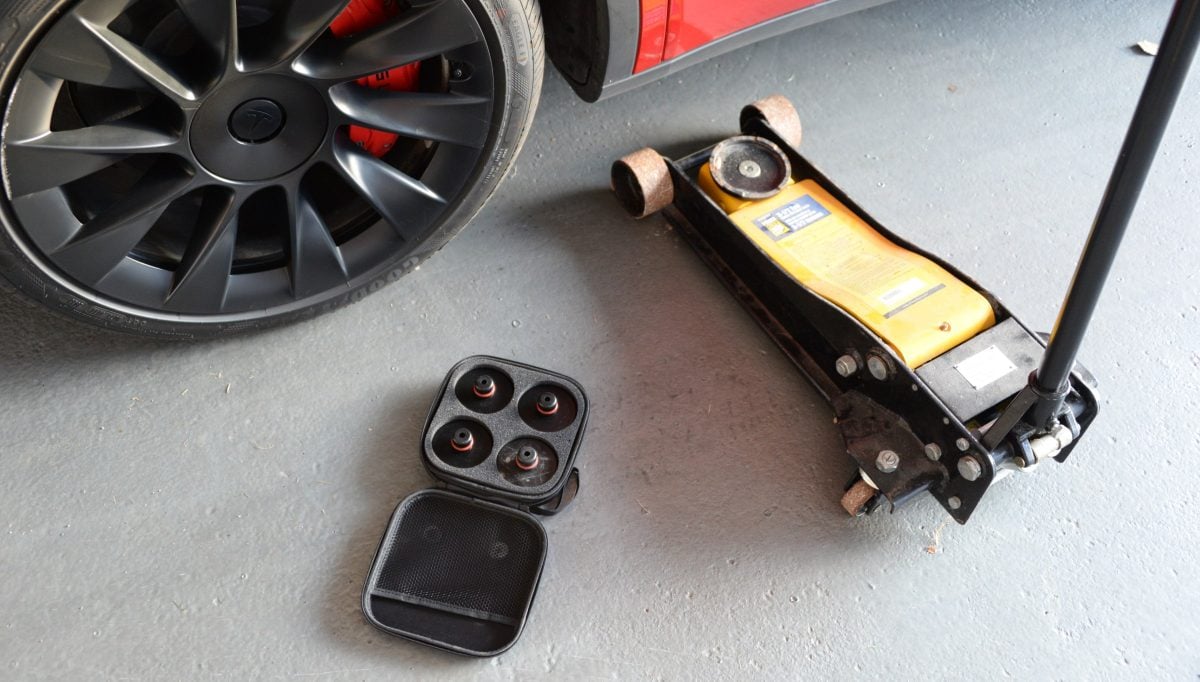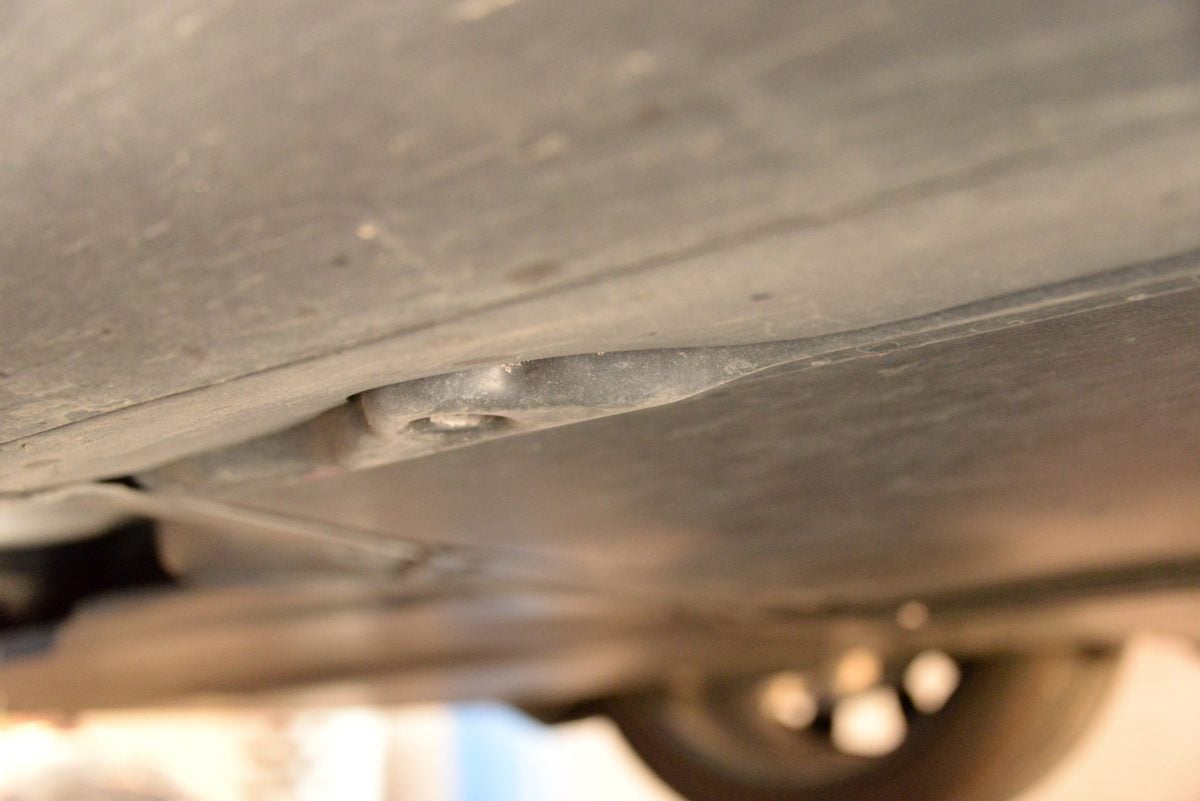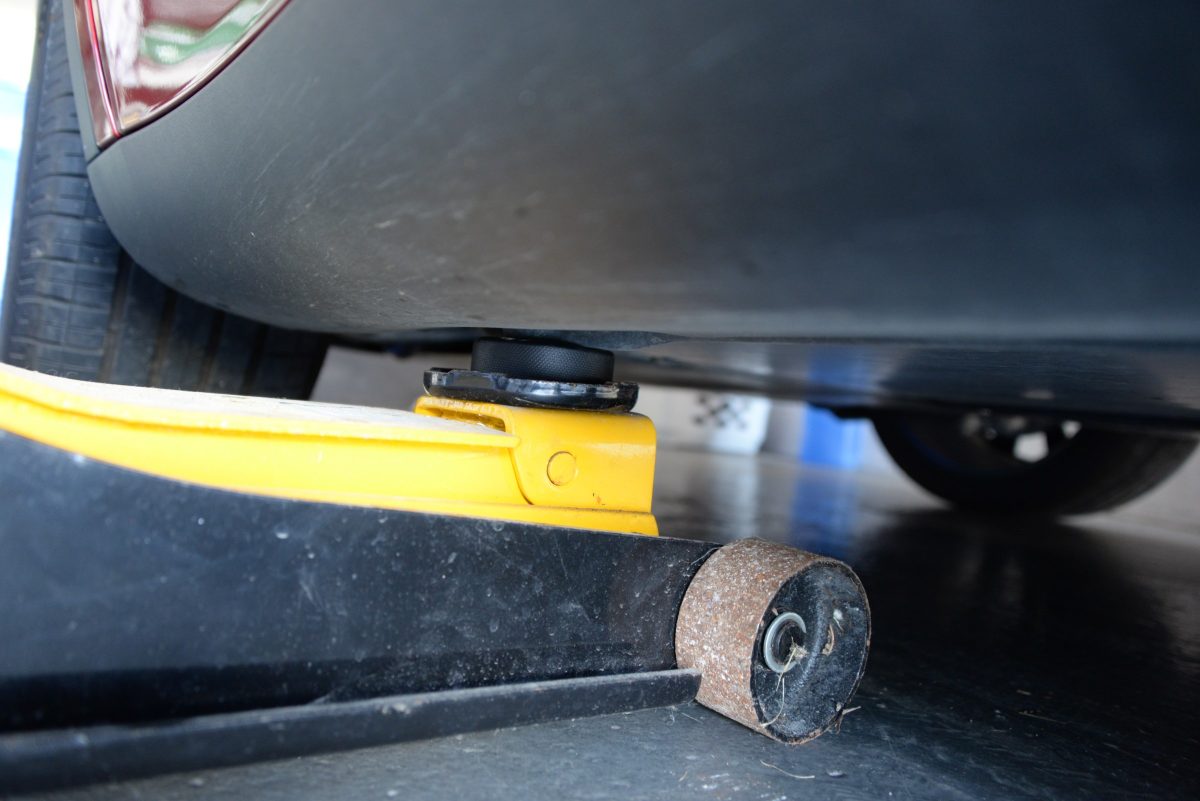It is Autumn here in the Northeast, which means most drivers around these parts are going to be switching to winter snow tires in the coming weeks. But even drivers who use a single set of tires year-round, still need to rotate their rubber front to back every 10,000 miles or so to promote even wear. Tire rotation is required because the rear tires are going to be wearing at a faster rate because Tesla vehicles are either RWD or all AWD with a rear bias.
Whether you change the tires yourself or take the car into a tire shop, jacking points are usually not something a car owner needs to think about. Every other car I ever owned had specific jacking points near the wheel arches with elevated and durable hard points (or rubberized material) to prevent damage to the vehicle undercarriage when jacking the car into the air for servicing. My Tesla Model Y was the first vehicle I encountered where instead of a jacking point, you find a void. It was a real surprise, but I found out this is common to all Tesla models; 3, Y, S, and X.
Why Tesla opted for this design choice is a bit of a mystery, EVs from other manufacturers have traditional jacking points like their gas-powered cars. If you take the saddle of a lifting jack directly to the jacking point of a Tesla, there is a real risk of bending or scuffing something on the undercarriage, where the expensive high-voltage battery is located. For this reason, there is a whole industry of Tesla jacking pads (or pucks) that are inserted into the jacking holes of Teslas and lift the car about an inch above the jack saddle.
I’ve had my Model Y’s wheels serviced at two different shops in the last year. One place was accustomed to servicing Teslas and they had their own set of jacking pads. The other shop didn’t own a set of pads, but they were aware of the damage risk, so they used some other soft materials as spacers for the jacking points.
Even if your regular service shop has Tesla jacking pads, I would still strongly recommend buying your own set for keeping in the trunk. There could be many unscheduled reasons for lifting your Tesla, such as tire punctures when you are far from home. A set of Tesla lifting pucks usually goes for $20-30 online and is only a small investment for preventing accidental damage when your car needs to go on a lift. I am not endorsing any specific brand or product, because most of the pad sets are nearly identical. The product has a simple function to perform, and then be stowed away neatly without cluttering your trunk storage compartment.
Considering buying a Tesla? Use our referral link to get $1,000 off, and help support our content.


